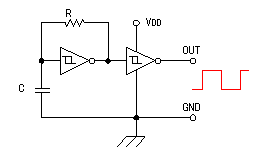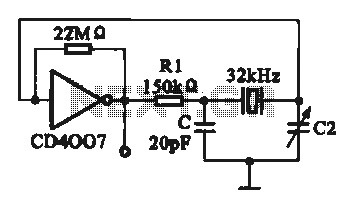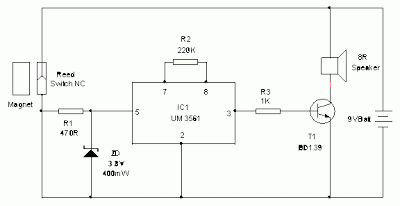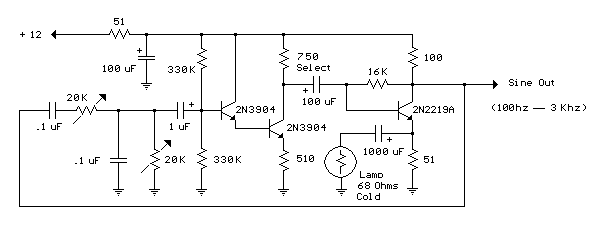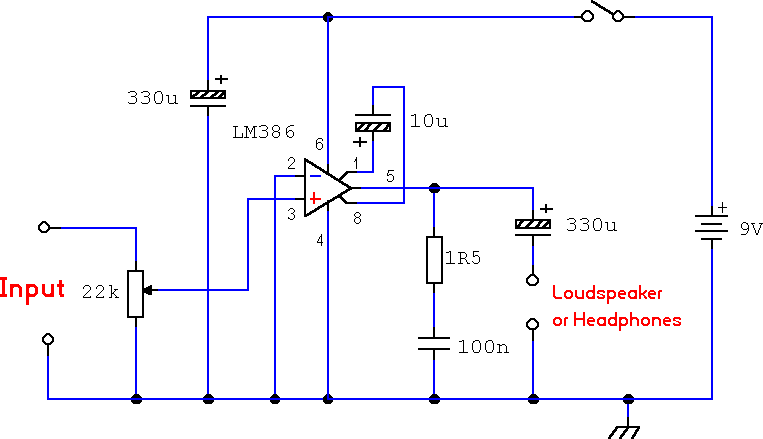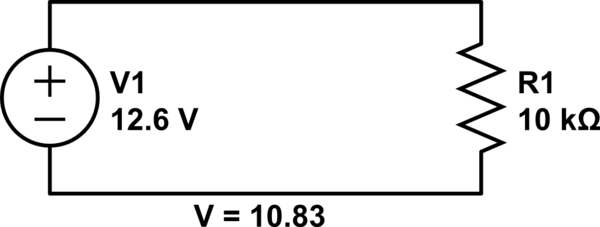
Simple Oscillator / Pipe Locator
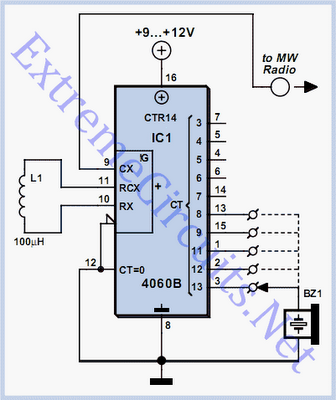
Occasionally, there is a requirement to create a very basic oscillator. The circuit illustrated here is remarkably straightforward, utilizing only three components.
The described oscillator circuit typically consists of a resistor, a capacitor, and a single transistor. The operation of this circuit relies on the charging and discharging of the capacitor through the resistor, which in turn controls the base current of the transistor. As the capacitor charges, the voltage across it increases until it reaches a threshold that turns the transistor on. This action allows current to flow from the collector to the emitter, effectively discharging the capacitor and causing the cycle to repeat.
In a practical implementation, the values of the resistor and capacitor can be adjusted to set the frequency of oscillation. For example, using a larger capacitor or resistor will result in a lower frequency, while smaller values will increase the frequency. This type of oscillator is often used in applications such as clock generation for digital circuits, tone generation in audio applications, or as a simple signal generator for testing purposes.
The simplicity of the circuit makes it an excellent choice for educational purposes, allowing individuals to understand the fundamental principles of oscillation and circuit design. Furthermore, this basic oscillator can serve as a building block for more complex circuits, demonstrating the versatility and importance of oscillators in electronic systems.Sometimes the need arises to construct a really simple oscillator. This could hardly be simpler than the circuit shown here, which uses just three compone.. 🔗 External reference
The described oscillator circuit typically consists of a resistor, a capacitor, and a single transistor. The operation of this circuit relies on the charging and discharging of the capacitor through the resistor, which in turn controls the base current of the transistor. As the capacitor charges, the voltage across it increases until it reaches a threshold that turns the transistor on. This action allows current to flow from the collector to the emitter, effectively discharging the capacitor and causing the cycle to repeat.
In a practical implementation, the values of the resistor and capacitor can be adjusted to set the frequency of oscillation. For example, using a larger capacitor or resistor will result in a lower frequency, while smaller values will increase the frequency. This type of oscillator is often used in applications such as clock generation for digital circuits, tone generation in audio applications, or as a simple signal generator for testing purposes.
The simplicity of the circuit makes it an excellent choice for educational purposes, allowing individuals to understand the fundamental principles of oscillation and circuit design. Furthermore, this basic oscillator can serve as a building block for more complex circuits, demonstrating the versatility and importance of oscillators in electronic systems.Sometimes the need arises to construct a really simple oscillator. This could hardly be simpler than the circuit shown here, which uses just three compone.. 🔗 External reference
